Understanding how to score is absolutely crucial for enjoying and improving at darts; it’s the foundation upon which every game is built. This scoring darts basics summary will equip you with the fundamental knowledge to confidently keep score, from understanding the dartboard’s layout to calculating points in popular games like 501 and Cricket. You’ll also learn essential scoring terms, common mistakes to avoid, and tips for improving your scoring accuracy.
⚠️ Still Using Pen & Paper (or a Chalkboard)?! ⚠️
Step into the future! The Dart Counter App handles all the scoring, suggests checkouts, and tracks your stats automatically. It's easier than you think!
Try the Smart Dart Counter App FREE!Ready for an upgrade? Click above!
Decoding the Dartboard: The Foundation of Scoring
Before diving into specific games, you need to understand the anatomy of a dartboard. This is the cornerstone of scoring darts basics summary. The dartboard is divided into various sections, each with a specific point value. Let’s break it down:
- The Numbers: Radiating outwards from the center, these represent the base score for that wedge.
- The Double Ring (Outer Ring): Hitting this ring doubles the value of the corresponding number. Aiming for the double is a critical strategy in games like 501.
- The Treble Ring (Inner Ring): This ring triples the value of the corresponding number. High scores are often achieved by targeting the treble 20.
- The Bullseye: The inner bullseye (double bull) is worth 50 points, while the outer bullseye (single bull) is worth 25 points.
- The Single Areas: The large areas between the rings simply award the value of the number.
- The Outer Band: This is the area outside the double ring, and any dart landing here doesn’t score anything.
Knowing the precise point values of each section is vital for accurate scoring and strategic gameplay. A firm understanding of this layout forms the core of learning darts scoring.
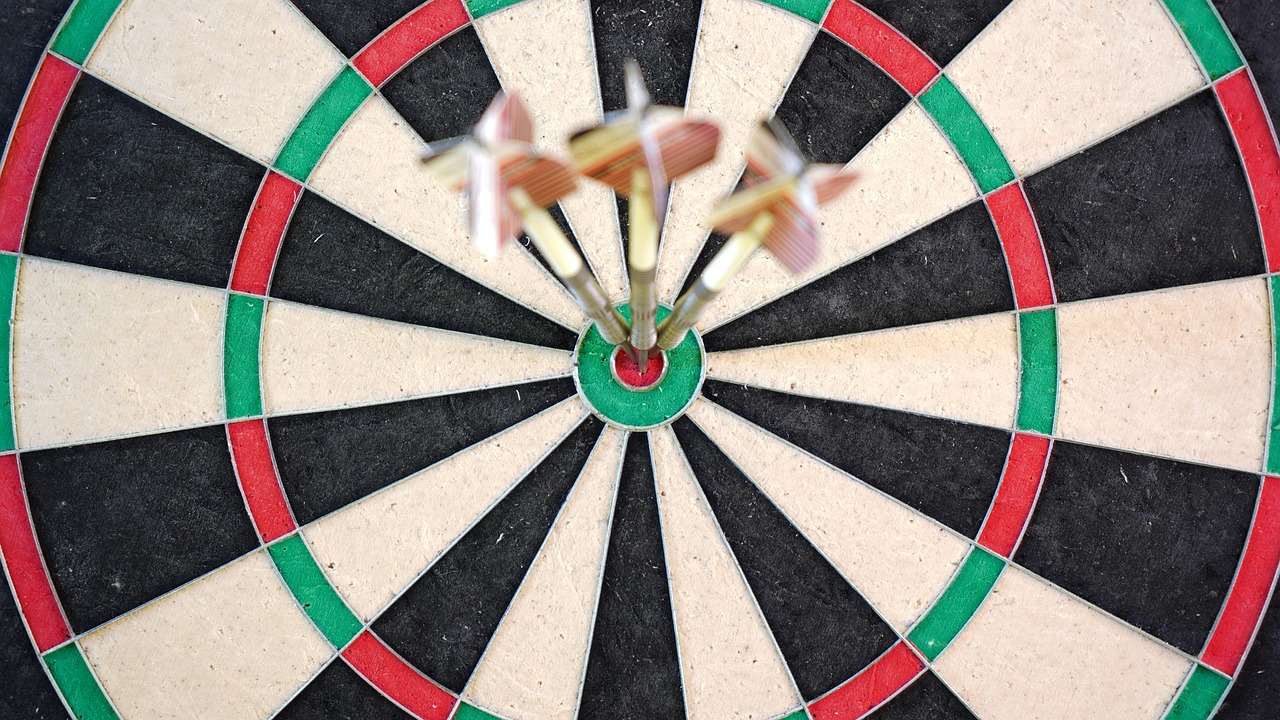
Tips for Recognizing Scoring Zones
Here are a few tricks to help you quickly identify the scoring zones on the dartboard:
- Color Coding: Notice the alternating colors of the segments. This can help you quickly locate specific numbers.
- Familiarize Yourself: Spend time visually studying the board. The more familiar you are with the layout, the faster you’ll be able to calculate scores.
- Practice Throwing: Aim for different sections of the board to develop a feel for the distance and accuracy required to hit specific targets. Refer to Basic Darts Fundamentals for Beginners for more advice on improving your throwing technique.
Mastering 501: A Staple of Darts Scoring
501 is arguably the most popular darts game, and understanding its scoring system is a key part of any scoring darts basics summary. Here’s a breakdown of the rules:
- The Goal: Each player or team starts with a score of 501 and must reduce their score to exactly zero.
- Scoring: Players take turns throwing three darts. The score for each turn is calculated by adding up the points scored by each dart.
- The Checkout: The final dart thrown must be a double or the bullseye to win the game (this is called “doubling out”). If a player reduces their score below zero or to one, that turn is a “bust” and their score reverts to what it was at the start of that turn.
Keeping track of your score in 501 requires basic arithmetic skills. Many players use a whiteboard or a scoring app to help them keep track.
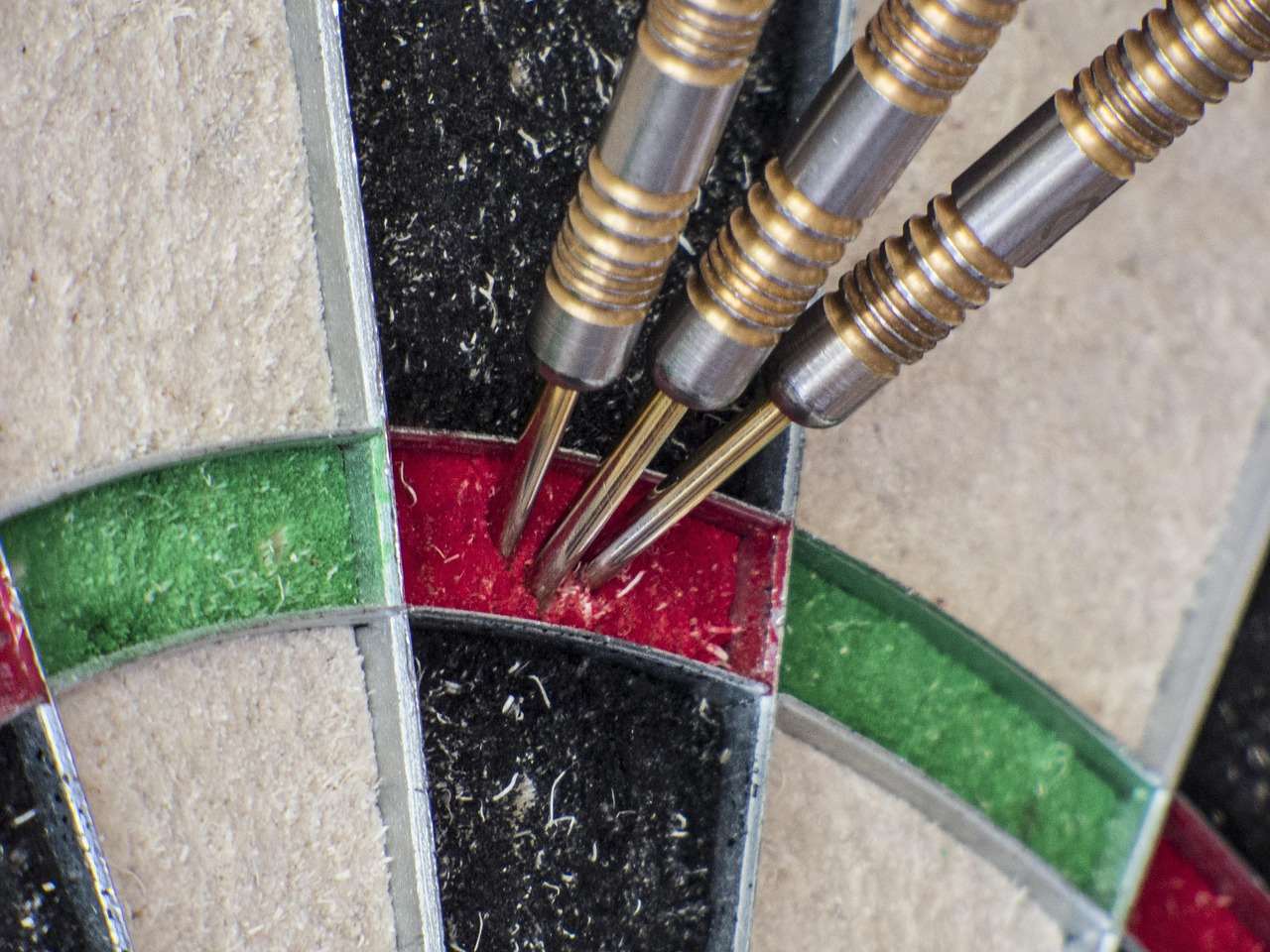
Strategic Scoring in 501
In 501, it’s not just about hitting high scores; it’s also about strategic planning. Here are a few tips:
- Aim for High Scores: Early in the game, focus on hitting treble 20s to quickly reduce your score.
- Plan Your Checkout: As you approach the end of the game, think about what doubles you need to hit to win.
- Be Aware of Your Opponent: Pay attention to your opponent’s score and adjust your strategy accordingly.
- Practice Your Doubles: Doubles are crucial for winning the game, so dedicate time to practicing your double throws.
Cricket: A Different Approach to Darts Scoring
Cricket is another popular darts game with a unique scoring system. While quite different from 501, understanding it forms a crucial part of a complete scoring darts basics summary. Unlike 501, Cricket involves “closing out” specific numbers.
- The Numbers: Players must score three marks on the numbers 20, 19, 18, 17, 16, 15, and the bullseye to “close” them.
- Scoring: A single hit counts as one mark, a double counts as two marks, and a treble counts as three marks.
- Closing a Number: Once a player has three marks on a number, they have “closed” it. They can then score points on that number if their opponent has not yet closed it.
- Winning the Game: The first player to close all the required numbers and have a higher or equal score than their opponent wins the game.
Cricket requires a different kind of strategy than 501. Players must balance closing numbers with scoring points on numbers their opponents haven’t closed.
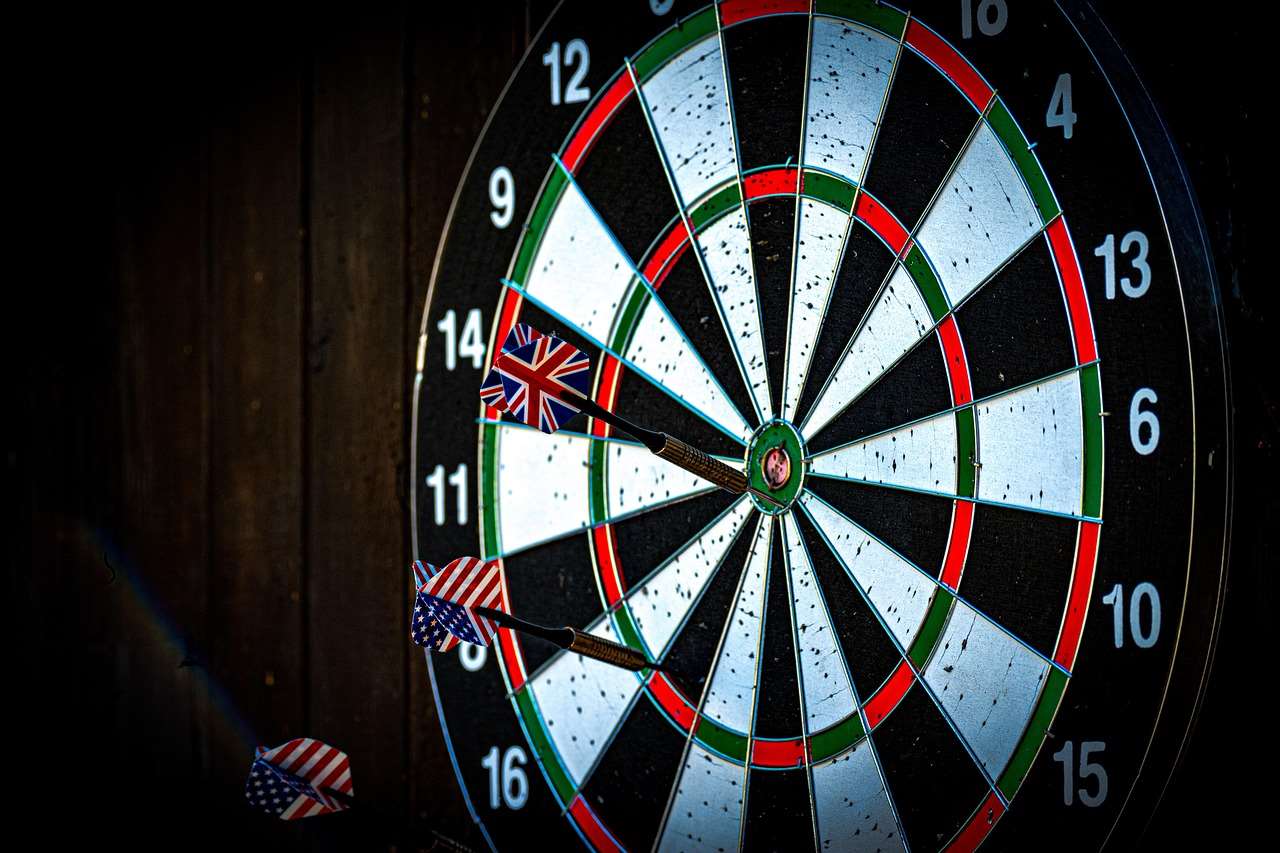
Cricket Strategy: Offense and Defense
Cricket involves both offensive and defensive strategies. Consider these tips:
- Close High Numbers Early: Closing 20 and 19 early can give you a scoring advantage.
- Target Open Numbers: Focus on scoring points on numbers your opponent hasn’t closed.
- Play Defense: If your opponent is close to closing a number, try to close it yourself to prevent them from scoring.
- Watch Your Score: Even if you close all the numbers first, you still need to have a higher or equal score than your opponent to win.
Essential Darts Scoring Terminology
To fully grasp the scoring darts basics summary, you need to be familiar with common darts terminology. Here are some terms you’ll encounter:
- Checkout: The final throw required to win a game of 501, which must be a double or bullseye.
- Bust: When a player’s score goes below zero or to one in 501, their turn is voided.
- Ton: Scoring 100 or more points in a single turn.
- 180: The highest possible score in a single turn, achieved by hitting three treble 20s.
- Leg: A single game of 501.
- Set: A series of legs played in a match.
Understanding these terms will help you follow darts matches and communicate with other players.
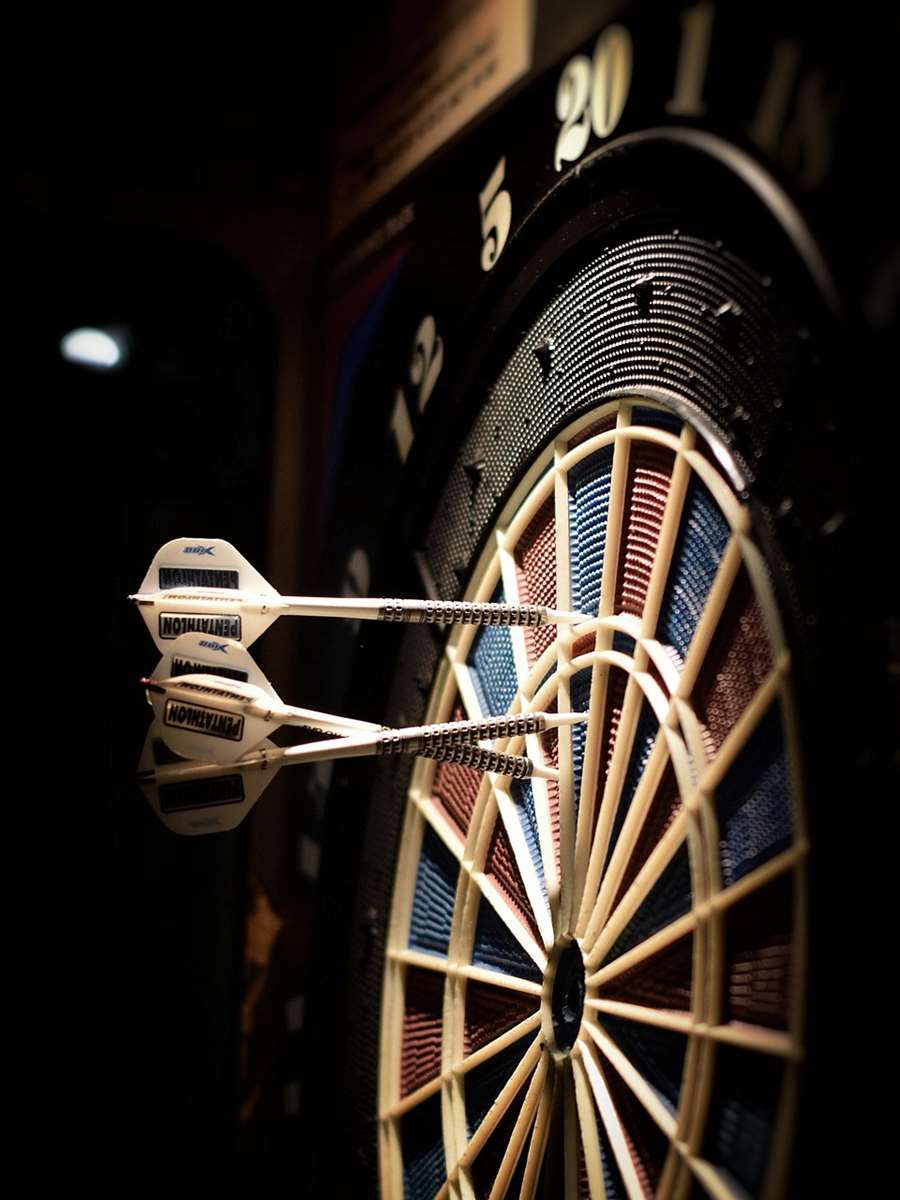
Common Scoring Mistakes and How to Avoid Them
Even experienced players make scoring mistakes from time to time. Here are some common errors and how to avoid them, ensuring your understanding of scoring darts basics summary is solid:
- Miscalculating Scores: Double-check your calculations before announcing your score. Use a calculator or scoring app if needed.
- Forgetting the Checkout Rule: Always remember that the final dart in 501 must be a double or the bullseye.
- Incorrectly Marking Cricket Numbers: Pay close attention to which numbers have been closed and how many marks you need to close them.
- Not Paying Attention: Stay focused on the game and avoid distractions.
- Honesty is Key: Always be honest about your score, even if it means admitting a mistake.
Tips for Improving Your Darts Scoring Accuracy
Improving your scoring accuracy is an ongoing process. Here are a few tips to help you hone your skills, ensuring your scoring darts basics summary translates into better performance:
- Practice Regularly: The more you practice, the more consistent your scoring will become.
- Focus on Your Aim: Concentrate on your target and visualize your dart hitting the desired spot.
- Develop a Consistent Throw: A consistent throw is essential for accurate scoring. Refer to adapting darts rules for beginners to learn to adapt the game to your skill level.
- Use a Scoring Aid: Use a whiteboard, scoring app, or calculator to help you keep track of your score.
- Analyze Your Performance: Identify your strengths and weaknesses and focus on improving your areas of weakness. Consider adjusting the rules to modifying rules for mixed-level dart players to practice against stronger opponents.
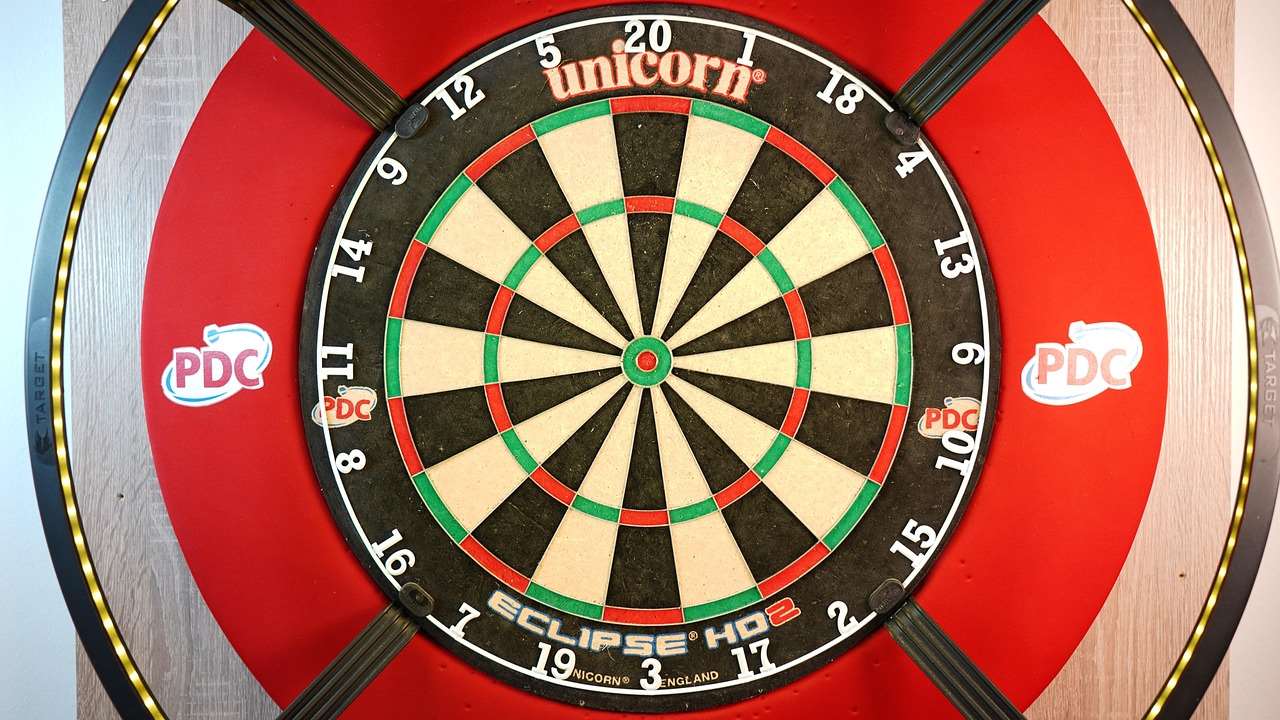
Advanced Scoring Techniques
Once you’ve mastered the basics, you can start exploring more advanced scoring techniques. This section delves into strategies that can refine your understanding of scoring darts basics summary and take your game to the next level:
- Calculating Outs: Knowing your possible checkouts in 501 is crucial for strategic play. Learn common checkout combinations and practice hitting them.
- Setting Up Finishes: In 501, you can intentionally leave yourself a specific score to set up an easier checkout on your next turn.
- Reading Your Opponent: Pay attention to your opponent’s throwing style and tendencies. This can help you anticipate their moves and adjust your strategy accordingly.
- Psychological Warfare: Darts is a mental game as well as a physical one. Use psychological tactics to gain an advantage over your opponent. Alternative darts rules for home play might give you an unexpected strategic advantage.
Conclusion
Mastering the scoring darts basics summary is the first step towards becoming a skilled darts player. Understanding the dartboard layout, knowing the rules of popular games like 501 and Cricket, and avoiding common scoring mistakes are all essential for success. Remember to practice regularly, focus on your aim, and develop a consistent throw. Start playing and keeping score today to put your new knowledge into practice and sharpen your skills! Now that you understand the basics of darts scoring, why not grab your darts and start practicing? Consider exploring fun dart game variations with modified rules to make your practice sessions more enjoyable.
Hi, I’m Dieter, and I created Dartcounter (Dartcounterapp.com). My motivation wasn’t being a darts expert – quite the opposite! When I first started playing, I loved the game but found keeping accurate scores and tracking stats difficult and distracting.
I figured I couldn’t be the only one struggling with this. So, I decided to build a solution: an easy-to-use application that everyone, no matter their experience level, could use to manage scoring effortlessly.
My goal for Dartcounter was simple: let the app handle the numbers – the scoring, the averages, the stats, even checkout suggestions – so players could focus purely on their throw and enjoying the game. It began as a way to solve my own beginner’s problem, and I’m thrilled it has grown into a helpful tool for the wider darts community.